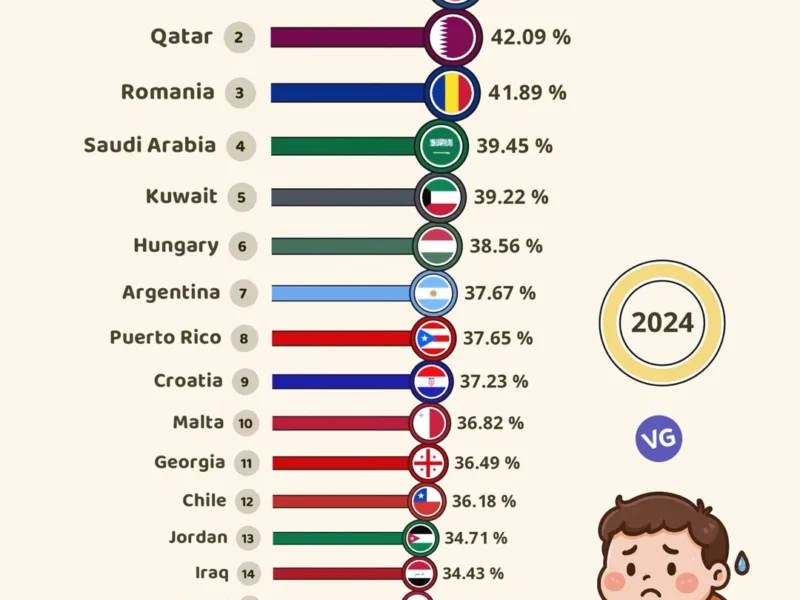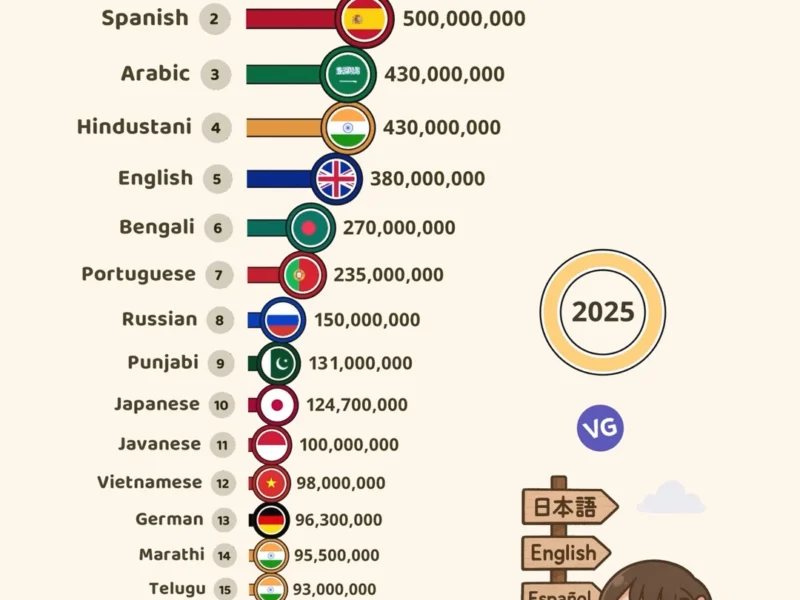With California’s population approximately reaching 39 million as of July 2023, it stands as the most populous state in the US, underscoring its significant influence on national demographics and the economy. The population estimates reveal slight fluctuations, with the number recorded on July 1, 2023, being 38,965,193, reflecting the dynamic nature of population changes within the state. This highlights the ever-evolving demographics of California, from the bustling cities like Sacramento and Fresno to its diverse communities that form the backbone of the state’s vibrant culture.
Taking a closer look, the population of Sacramento California, Fresno, and other cities play a crucial role in understanding California’s wider demographic and economic landscape. From census data in April 2020 showing 39,538,223 residents to the slight dip in 2023, these figures offer a window into the population trends and challenges facing California today. As we delve into the specifics of California’s population dynamics, including density, the impact of the pandemic, and immigration patterns, we’ll uncover how these elements contribute to the state’s unique demographic profile and forecast its future trajectory.
Historical Growth Patterns
-
Population Growth Overview (2010-2022)
-
From 2010 to 2022, California’s population experienced a growth of 4.6%, increasing from 37,319,550 to 39,029,342.
-
This period saw the largest growth in Riverside County, with an addition of 272,340 residents, while Los Angeles County experienced the largest decline, losing 100,509 residents.
- Comparative Growth Rates
-
The growth rate of California’s population from 2010 to 2020 was 5.8%, which was slower than the national growth rate of 6.8%.
-
The immigrant population in California increased by only 3% from 2010 to 2022, a significant slowdown compared to the 14% increase from 2000 to 2010 and a 37% rise in the 1990s.
-
- Factors Influencing Population Dynamics
-
California’s population decline, the first since its statehood in 1850, has been attributed to the COVID-19 pandemic, travel restrictions, housing costs, and an exodus to states like Texas, Oregon, Nevada, and Arizona due to potentially housing costs and politics.
-
The state’s birth rate has reached near record lows, decreasing from 2.15 in 2008 to 1.52 in 2020, with two in three births in California being to married women.
-
Current Demographics
California’s population dynamics in 2023 reveal a complex demographic landscape, characterized by diversity and significant immigrant influence. The state’s population was recorded at 38,965,193, marking a slight decline of 0.19% from the previous year. This demographic shift reflects broader trends impacting the state, including migration patterns and changing birth rates.
Key Demographic Features:
-
Ethnic Composition: The largest racial or ethnic group remains the Hispanic/Latino population, numbering 15.7 million. Conversely, the white (non-Hispanic) cohort saw the most significant decrease, dropping to 34.7% of the population.
-
Age Distribution: The demographic structure also highlights an aging trend, with 15.8% of Californians being 65 or older. Projections indicate this will increase to 23.1% by 2040, although California remains relatively young compared to the national median age.
-
Immigrant Population: Immigrants play a vital role, with over 10 million residing in California, making up 27% of the state’s population. This group significantly contributes to various sectors, including entrepreneurship and STEM fields, despite facing lower wages compared to native-born residents in similar educational and occupational categories.
These demographic characteristics underscore the evolving nature of California’s population, influenced by immigration, aging, and shifts in racial and ethnic composition.
Population Trends and Projections
California’s population dynamics are undergoing significant shifts, influenced by various factors including aging demographics, migration patterns, and birth rates. These changes are projected to shape the state’s future in profound ways:
- Aging Population:
-
By 2040, approximately one in four Californians will be 65 or older, marking a significant shift from 15.8% in 2022 to an estimated 23.1%. This aging demographic poses challenges and opportunities for the state, particularly in terms of labor force composition and demand for healthcare and other services.
-
- Migration and Population Growth:
-
Despite a loss of 433,000 residents between July 2020 and July 2023, mainly due to outmigration, California is expected to see its population grow to 40.2 million by 2044. However, projections suggest a slight decline to 39.6 million by 2060. Migration, both international and interstate, will play a minor role in this growth, with the majority stemming from natural increase.
-
- Demographic Shifts:
-
The Hispanic population is projected to increase from 39% to 46% by 2060, reflecting broader trends in demographic shifts across the state. Additionally, regions such as the San Francisco Bay Area, greater Sacramento, Central Valley, and Inland Empire are expected to experience faster growth compared to the state overall.
-
These projections underscore the evolving nature of California’s population, highlighting the need for strategic planning in areas such as infrastructure, healthcare, and housing to accommodate these changes.
Impact of the Pandemic on Population Dynamics
Between July 2020 and July 2023, we observed a notable population decline in California, with several factors contributing to this trend:
- Migration Patterns:
-
A significant outflux of residents, with a net loss of 433,000 people, primarily due to relocations to other states during the initial year of the pandemic.
- This migration has led to political ramifications, including the loss of a congressional seat, altering the state’s representation and potentially shifting its political landscape towards the left.
-
- Pandemic-Induced Mortality:
-
The COVID-19 pandemic has led to a marked increase in California’s mortality rate, contributing to the state’s population decline.
-
Over 50,000 additional deaths were recorded in 2020 compared to 2019, underscoring the pandemic’s tragic impact.
-
- Disproportionate Effects on Diverse Communities:
-
The pandemic’s impact varied significantly across different communities, with Native Hawaiian/Pacific Islander, African American, American Indian/Alaska Native, and Latino populations facing disproportionately higher rates of hospitalizations and/or deaths.
-
Despite a decline in COVID-19 death rates in 2023, these communities continued to experience higher adverse outcomes compared to the overall population of Californians.
-
These observations highlight the multifaceted impact of the COVID-19 pandemic on California’s population dynamics, emphasizing the need for targeted interventions to address these challenges.
Diversity and Immigration
Diversity and Immigration in California:
- Ethnic and Racial Composition:
-
Between 2010 and 2022, the Hispanic/Latino population saw the largest increase, growing by 1.7 million.
-
The 2022 American Community Survey reveals a diverse tapestry: 40% Latino, 35% white, 15% Asian American or Pacific Islander, 5% Black, 4% multiracial, and fewer than 1% Native American or Alaska Natives.
-
- Immigration Influence:
-
Over 10 million residents are immigrants, constituting 27% of the state’s population.
-
From July 2020 to July 2021, California witnessed a net influx of 44,000 immigrants, the lowest in three decades. This number nearly tripled to 126,000 from July 2021 to July 2022.
-
Immigrants, especially those who arrived in 2010 or later, are predominantly in the prime working ages of 25-54, significantly contributing to sectors like technology, healthcare, agriculture, and hospitality.
-
- Public Opinion and Policy:
-
A majority of Californians view immigration positively, with 69% considering it beneficial for the US. Additionally, 80% support providing a path to citizenship for undocumented immigrants meeting certain criteria.
-
The state contested the Trump administration’s proposed citizenship question in the 2020 census and allocated millions to ensure robust census participation.
-
California’s Population and Its Implications
The implications of California’s evolving population dynamics extend across economic, political, and societal spheres, significantly influencing the state’s future trajectory:
- Economic Implications:
-
Growth and Workforce: California’s economy, the fourth largest globally at $3.6 trillion, faces challenges from a stagnant labor force and personal incomes barely keeping pace with inflation. The net outflow of high-income taxpayers and population to other states exacerbates workforce dilemmas, discouraging employer expansion and contributing to stagnating tax revenues and operating deficits.
-
Housing Market: The shift towards multi-unit housing over single-family homes, coupled with high housing costs, impacts living standards and affordability. The median value of owner-occupied housing units has soared to $659,300, with median gross rent at $1,856, reflecting the affordability crisis.
-
- Political Consequences:
-
Population loss has led to the loss of a congressional seat, reducing California’s political influence and representation. This, combined with an economic and political exodus to states like Arizona and Texas, underscores the pressing need for policy adjustments to address the high cost of living and environmental policies fueling the migration.
-
- Societal Changes:
-
Aging Population: With the 65+ age group growing by 44.1% between 2010 and 2022 and projected to constitute about one in four Californians by 2040, the state faces implications for healthcare, infrastructure, and education.
-
Demographic Shifts: Declining birth rates and an aging population signal long-term shifts in societal structure, potentially leading to workforce shortages and altered demand for services.
-


